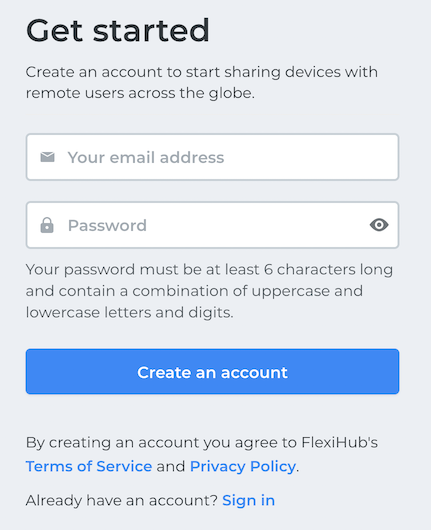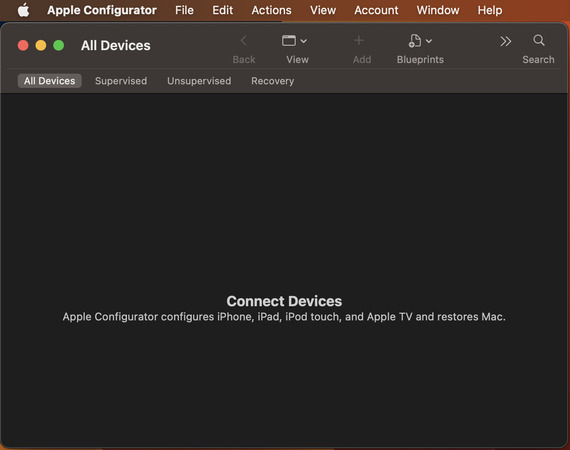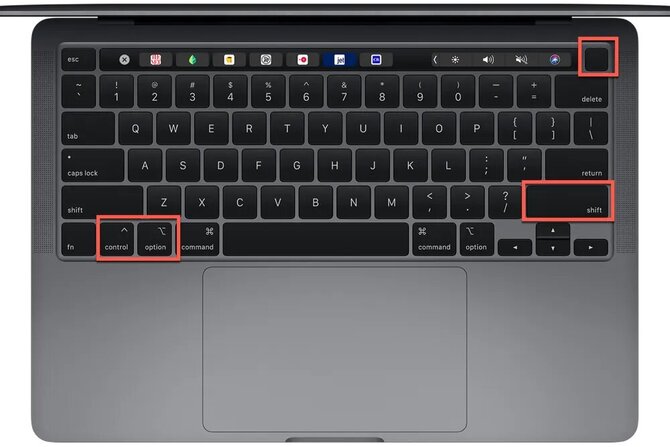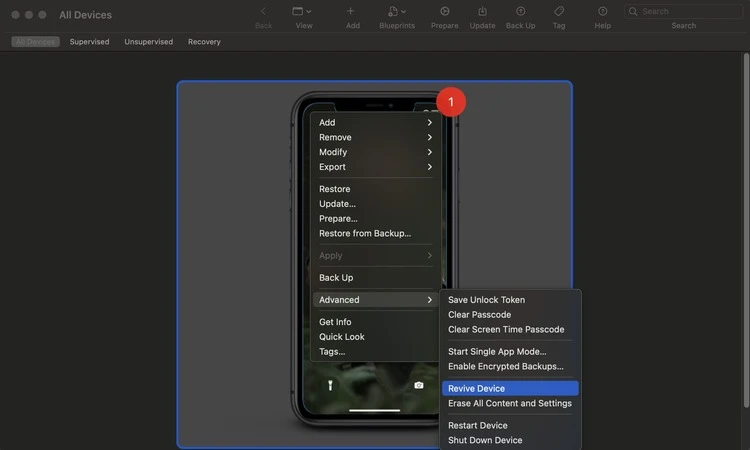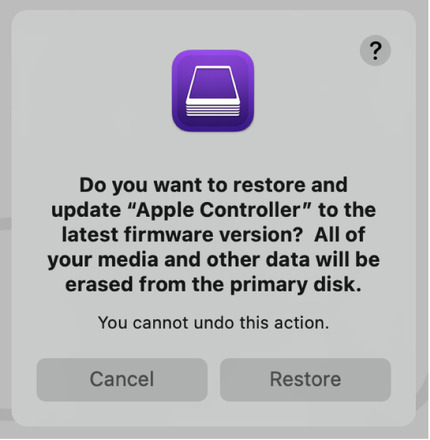- • To restore an M1 Mac Mini over the Internet, you need to plug the cable into the rear USB-C port furthest away from the Trackpad. Use this port for all Macs running the M1 chip.
- • For MacBooks with an Intel chip, the plug should be connected to the USB-C port closest to the Trackpad.
Note: For convenience, we will be using the following abbreviations:
Technician's Mac: A host computer running FlexiHub that initiates a remote connection.
Intermediate Device: A computing device (such as a smartphone, tablet, PC, or Mac) running FlexiHub that is being connected to remotely.
Serviced Mac: A malfunctioning Mac connected to an Intermediate Device via a USB cable.

.gif)
